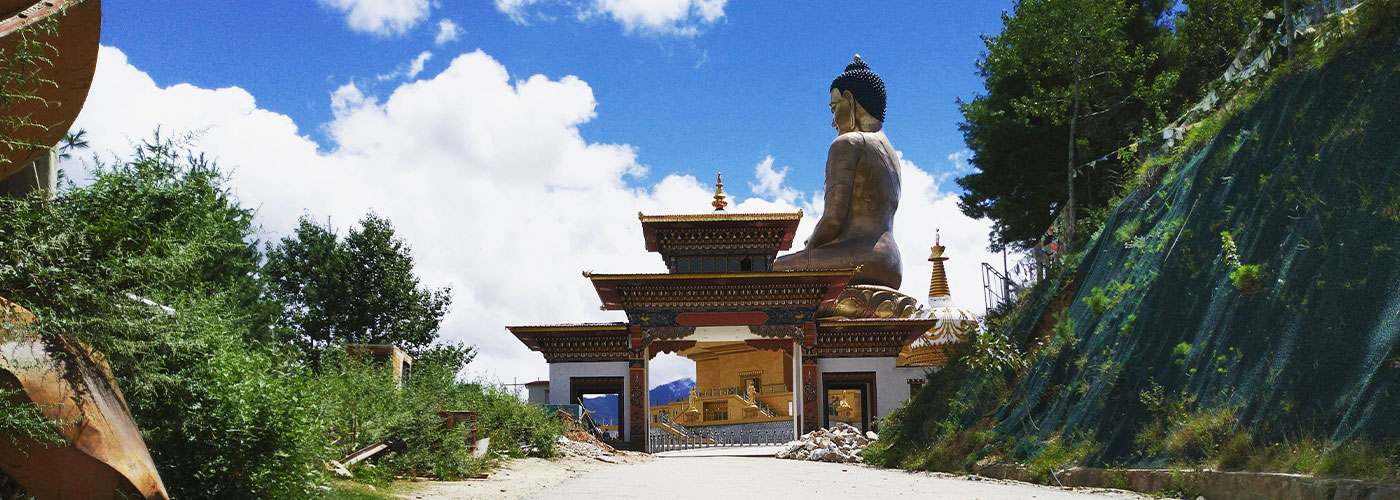 img credit : Anupam Dutta on Unsplash
img credit : Anupam Dutta on Unsplash  img credit : Anupam Dutta on Unsplash
img credit : Anupam Dutta on Unsplash Bhutan’s climate largely depends on the altitude level. There are multiple huge terrains where the temperature drops similar to the Arctic region. But in the lowlands, the temperature is quite similar to normal standards, hot & humid in summers and cold in winters. Bhutan also experiences heavy rainfall. Now let's take a closer look at the season and their months in Bhutan.
Regions such as Thimphu, Paro, and Mongar experience subtropical temperatures during the spring seasons. People from all around the world choose spring to visit Bhutan as it opens channels for treks and other mountaineering activities and also allows them to witness the blooming season of Rhododendrons and other wildflowers.
Summers often have higher temperatures in Bhutan just like any other place in the world but the monsoons bring much-needed relief to the region. Visitors often find traveling in summer interesting as it alleviates the beauty of the scenic landscape and vegetation.
Autumn again opens the gates for trekking as the temperature gets stable. High-altitude treks such as Dagala, and Druk Path become favorable during autumn.
In winter, visitors can witness heavy snowfall on the higher altitudes. Best treks during winter seasons include Samtegang, Nabji Korphu Tsirang, etc.